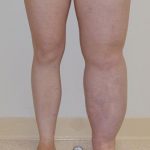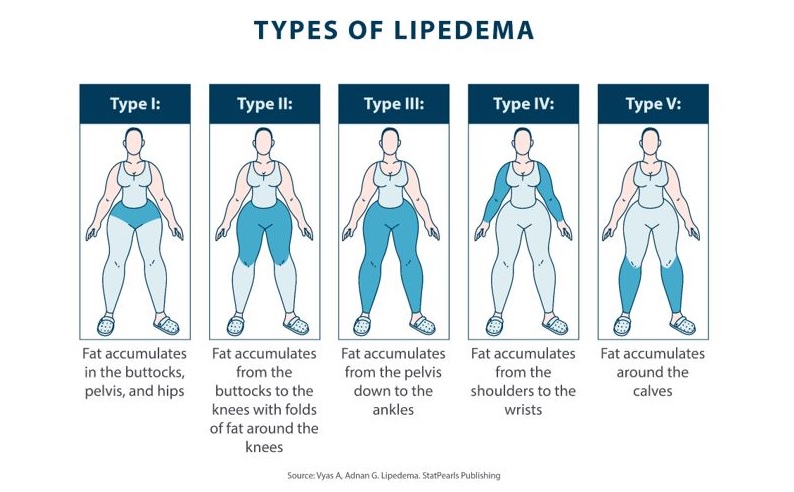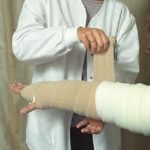Lymphedema/Lipedema
What is Lymphedema?
Lymphedema (LE) is a disease of swelling that most often occurs as a result of cancer surgery or trauma to the body, resulting in damage to part of the lymphatic system. If a patient has had lymph nodes removed or irradiated, they are at risk for developing LE at any time in their life because there is a blockage of lymph in the area of the surgery. A percentage of patients who’ve had cancer surgery will develop swelling in that nearby body part and will require visits to a LE clinic to be measured for compression garments (daytime and nighttime) will receive Manual Lymphatic Drainage Therapy (MLD) to reduce the size of the swollen area, and will learn about exercise, weight loss, pumps, and skin care. LE can occur in any part of the body. It is important to get therapy immediately after surgery and to learn about LE so you hopefully will never get LE. If it is caught early, it is reversible. Later stages result in permanent swelling, although, with regular therapy, exercise, wearing compression, getting MLD, using pumps, it is more manageable.

The type of LE that is caused by trauma or cancer surgery is called Secondary Lymphedema. If a baby is born with poorly developed lymphatic structures, they will have Primary Lymphedema.
Patients can hire a mobile Vodder method certified lymphatic therapist to come to their home, preferably 1-2x/week to do MLD and they can also learn to do self-MLD they can perform on the other days.
In the U.S., the most popular and most respected method of MLD is the Vodder method. Other respected methods, but lesser known, are Casley-Smith, Chikly, and Le Duc.
It is vitally important to only hire a Certified Manual Lymphatic Drainage Therapist or Certified Lymphedema Therapist to work on you in your home or in a PT office. Look for any of these letters after the therapist’s name: CMLDT or CLT or MLD-C. Most therapists who work with LE patients are PTs, OTs, nurses, and massage therapists.
Where can you find a therapist?
The most comprehensive nationwide list is instagram.com/lymphaticprofessionals. Also try the certifying schools website directories: www.klosetraining.com, www.acols.com, www.vodderschool.com, www.clt-lana.org.
Click these links to learn more, and also see several of my YouTube videos (under the”More” link at the top of every page) that deal with Lymphedema…
—I think I might have Lymphedema
—Stages of Lymphedema
—Risk Reduction Practices
![]()
What is Lipedema?
Lipedema is a connective tissue disorder. It used to be called a fat disorder. There is an overgrowth of fat cells that do not respond to exercise or traditional diets. It is thought to be inherited, and most of the time shows up at the start of puberty or during pregnancy. The majority of sufferers are female. It can be very mild, but some women have large tree trunk legs and slender upper bodies. Sometimes the upper arms are swollen,too. The feet are not involved, so the puffiness stops at the ankle. Lipedema can be painful and sometime small lumps of diseased fat can be felt or seen under the skin. Many sufferers have pain and bruise easily.
There are various types of surgeries to remove the abnormal fat cells but there is no cure, and even after surgery, sometimes the fat comes back. If you are considering surgery, make sure you talk to a surgeon who specializes in Lipedema fat removal and not a general plastic surgeon. Also, recent research is showing that the Keto diet can reduce pain within the first week, and can rid the body of some fat over a period of months.
Types of Lipedema

Stages of Lipedema


